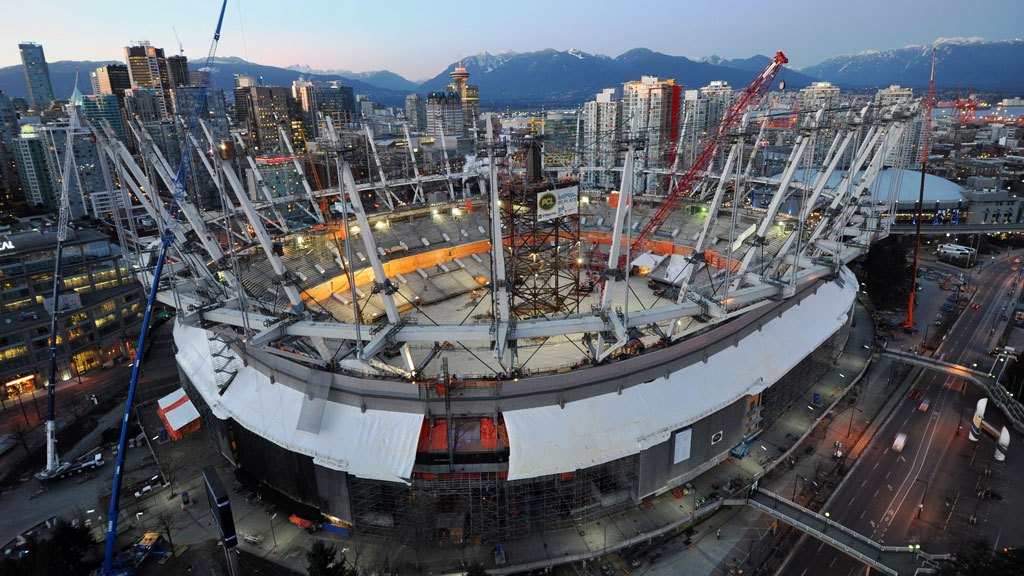The International Union of Operating Engineers (IUOE) Local 115 is calling on municipalities and the province to reform crane assembly and dismantling requirements in the wake of a collapse that killed five in Kelowna, B.C.
“I was shocked,” said Local 115 business representative Frank Carr, recalling when he heard news that a crane had collapsed at a downtown Kelowna construction site. “I couldn’t be believe it happened again.”
He cited other major crane collapses in Seattle, Texas and eastern Canada as reasons to urgently reform the industry.
Carr explained the union has been lobbying for mandatory tower crane operator certification and improved industry safety standards for almost 20 years. Vancouver alone has roughly 80 active tower cranes and 200 are operating throughout the province. He noted crews often assemble and dismantle large cranes under tight timelines in high traffic areas.
Carr’s efforts had seen recent success after meetings with Vancouver officials, signatory contractors and industry stakeholders resulted in the formation of a working group to review tower crane safety regulations. The city is currently conducting a pilot project implementing many of working group’s recommendations
The pilot included the following reforms:
- Pre- and post-assembly meetings and checklists;
- full lane closures and better traffic control;
- weekday tower crane erection and dismantling;
- pedestrian and cycling lane closures;
- larger staging and mobile crane set up areas; and
- granting permit extensions and allowing additional full days for crane assembly and dismantling to reduce pressure on workers to get the job done under tight timelines.
“I want to commend the city for taking a leadership approach to this work,” said Carr. “It’s been a fundamental change in city and I am hoping other cities will adopt the recommendations that we have and we hope that Vancouver will change this from pilot to being mandatory.”
Carr also urged the public to become more educated about the hazards that exist on construction sites and be more understanding of required detours.
“People don’t want to be inconvenienced, they don’t want the road to be shut down, the bike lane to be shut down,” said Carr. “I get it. Our lives are busy, but we have been trying to educate the public about the seriousness of jobsites and what takes place in them. Unfortunately, with this incident we can see how big the damaged zone can be when a crane collapses.”
Locally, the Operating Engineers Training Association operates a 40-acre training site in Maple Ridge, B.C. providing heavy equipment training and skills upgrading for approximately 1,700 apprentices and journeypersons annually.
“It’s unfortunate and horrible,” said Carr of the collapse. “We need to do what we can to make sure it never happens again.”
The crane collapsed on June 12 sending the structure crashing from a residential tower under construction onto a neighbouring building. Four construction workers were killed. The fifth person was buried in debris while working in a nearby building. His body was recovered July 14.
The Kelowna incident came just days after the collapse of a smaller service crane in Toronto and a few months after a report found the toppling of a 68-tonne construction crane during a 2019 post-tropical storm in Halifax was due to a weld failure.
It also comes after three crane incidents in Toronto in 2020 that prompted a tower crane safety Blitz from Ontario’s Ministry of Labour.
No serious injuries were reported in those incidents.
- With files from the Canadian Press



We used to have a picture on the top of our magazine, showing a tower crane on one side and a small scooter on the other, The caption read you need to have a license to operate the scooter but you don’t need one to operate the tower crane!
It really emphasize the joke of the matter here is structural steel that goes hundreds of feet in the air and spends out from its center as much as a hundred feet or more and you don’t need a lic to operate it. Crazy!
They say anyone can ride a bicycle or scooter, but as a semi retired crane operator let me tell you operating a crane is a lot more detailed.
I spent my career getting as much training as I could from the operating engineers of local 115 to be able to be employable and to make wages that could survive increased cost-of-living and keep me safe on any job site as well as my fellow workers around me.
There is good reason that good safe construction work cost money let’s not be afraid to spend it.